8 best strategy games for PC and Mac you can play today
These games are essential for mouse-wielding strategists
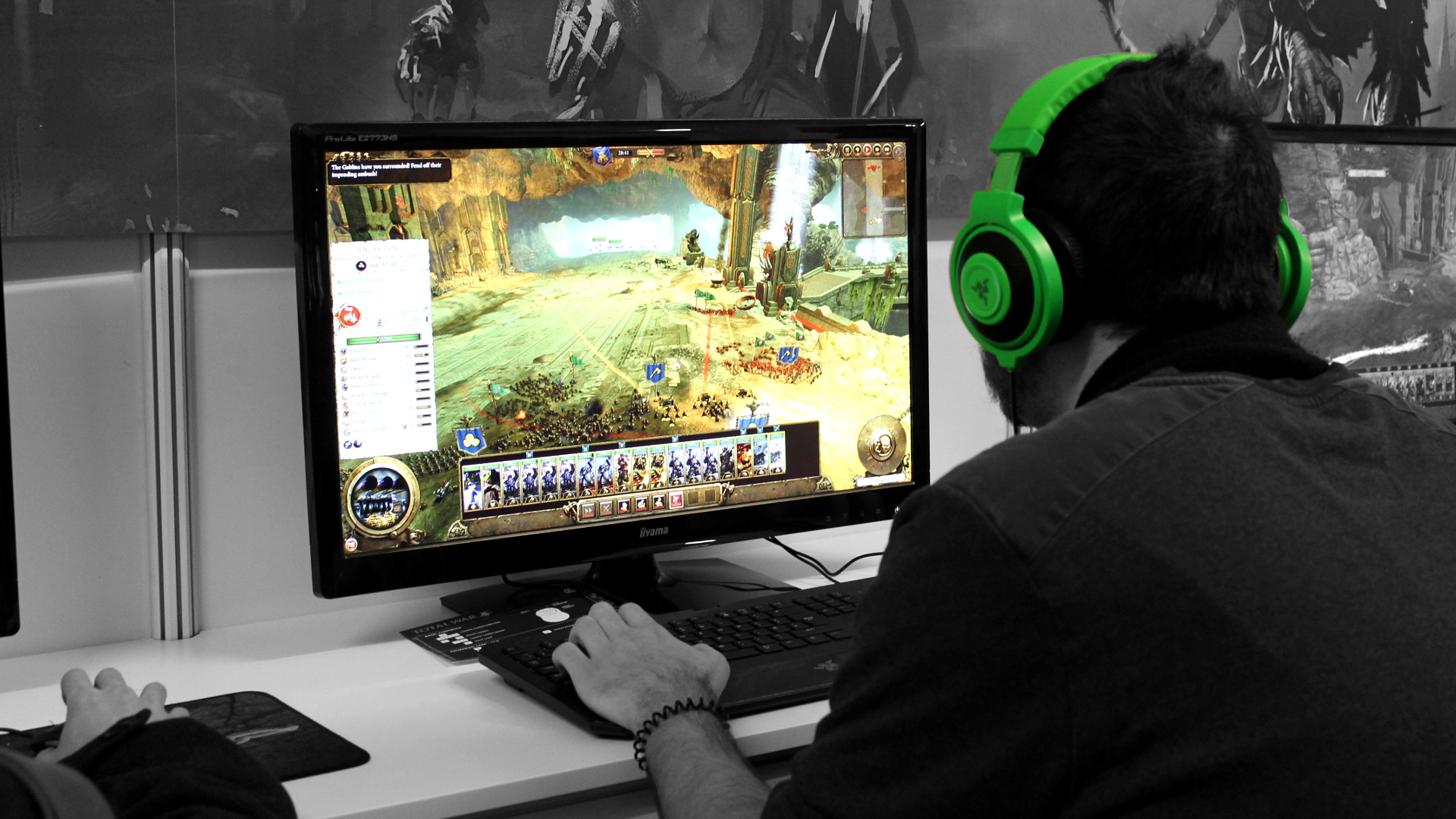
Games that only a PC can provide
Update: At number 8, we've added Total War: Warhammer to our list, the latest entry in a long-running tabletop franchise, perfected for the PC.
Strategy games make you think. They're not like most shooters that offer mindless gameplay, or the adventure game that has you leaping off cliffs and driving boats.
Strategy games require your brain juices at all times to plan each move carefully and analyze what the opponent will do next – quickly. They require you to develop armies, build civilizations and gather resources in the process.
But strategy games aren't just about the gameplay: they typically offer sprawling, geopolitical stories too that hook players and keep them focused on the campaign. That said, what makes a strategy game great is how it pulls players into its mythology and allows them to carry out missions without overcomplicating it.
Here is a handful of strategy games on the PC and Mac that achieve this balance perfectly.
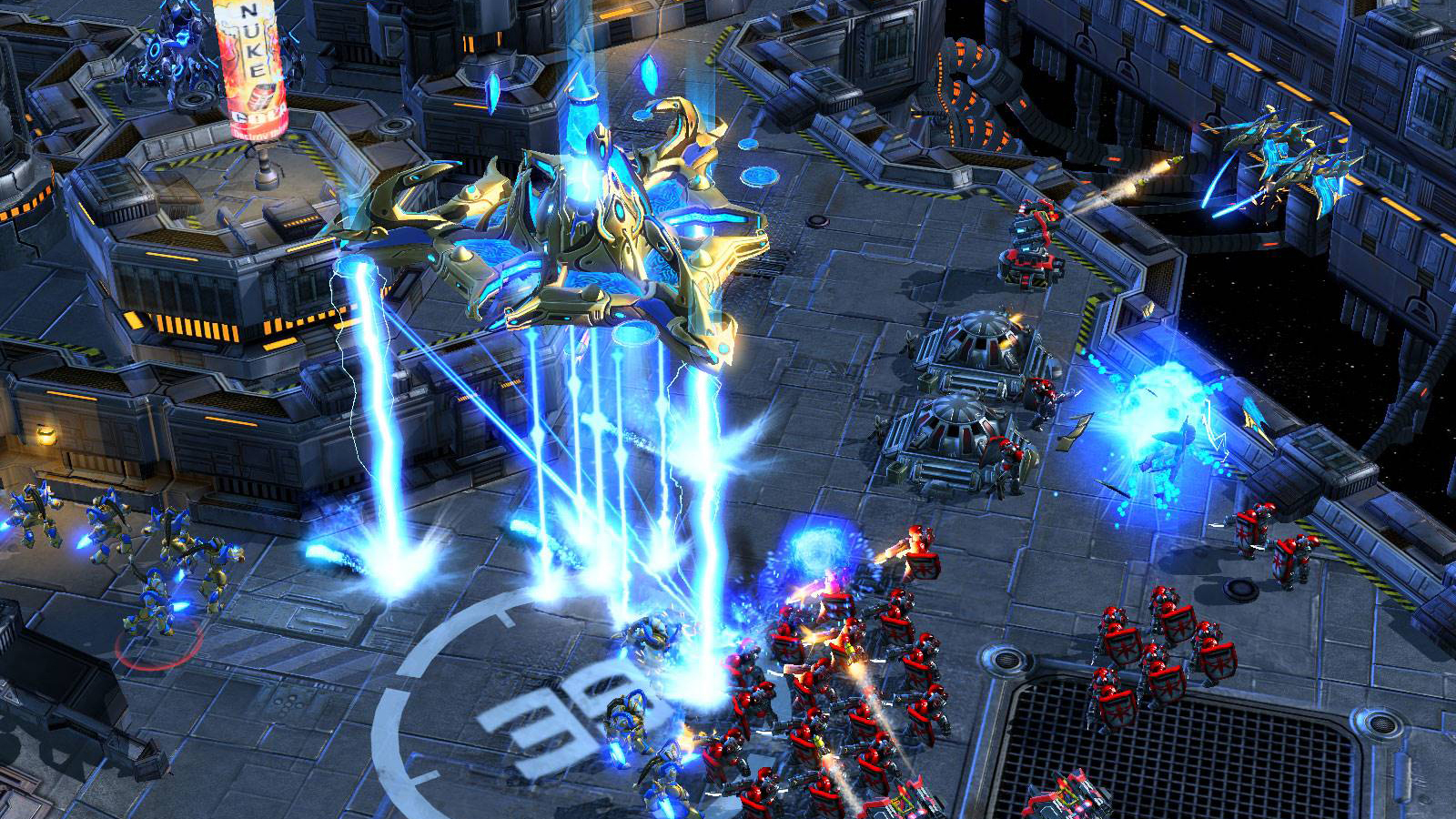
1. StarCraft II
Blizzard Entertainment launched the first StarCraft sci-fi military strategy game back in 1998, and while it was extremely popular, the game wasn't the mammoth product StarCraft II has become. With the sequel, Blizzard has released three installments that span one huge campaign: Wings of Liberty (2010), Heart of the Swarm (2013) and Legacy of the Void (2015).
Each of these releases focus on a specific protagonist group: human exiles called the Terrans in Wings of Liberty, the Borg-like insectoids called Zerg in Heart of the Swarm, and the telepathic alien race known as the Protoss in Legacy of the Void. The overall campaign takes place four years after the Brood War expansion pack for the original StarCraft, beginning with Jim Raynor's quest to take down the tyrannical Terran Dominion.
StarCraft II succeeds by combining sharp strategic gameplay and balance with an immersive story and scenery. The game also comes with its own level editor, allowing players to share their maps and mods via the Battle.net online community. Of course, StarCraft II can be played online – it's one of the widest-played eSports worldwide – but currently it does not provide local LAN play. StarCraft II can only be purchased from Blizzard Entertainment digitally and in boxed versions.
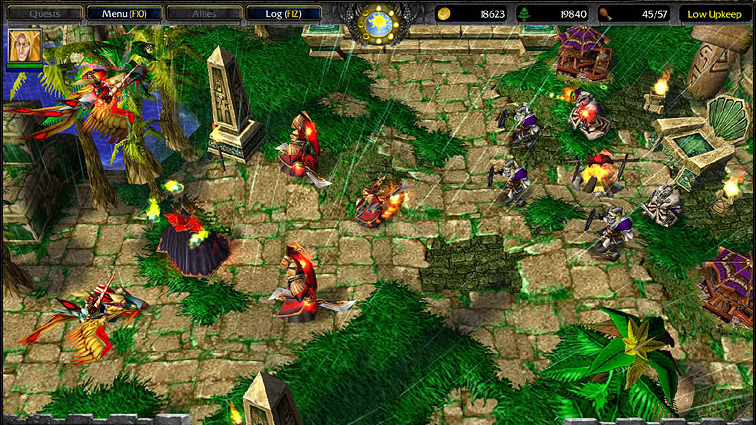
2. Warcraft III: Reign of Chaos
Here's another popular strategy game from Blizzard, though with a decidedly fantasy theme. It was released way back in 2002 and features a single-player campaign story that's told through the eyes of four races: Humans, Orcs, the Undead, and the Night Elves.
As with StarCraft, players are typically faced with a map covered in a black fog, which is slowly removed as you explores the area (Diablo does this, too). You begin by mining resources, building settlements and establishing troops in order to protect your assets and take control of other parts of the map. A day/night cycle keeps players on their toes, too.
There are a total of five campaigns in Warcraft III that center on a specific race: one for the Night Elves, one for the Undead, one for the Humans, and two for the Orcs. Objectives are labeled as "quests" and are rolled out as the player explores a map. The are both main quests an optional quests to perform, the former being required in order to move the story forward – natch.
Warcraft III also offers a multiplayer component that can be played over local LAN. Blizzard even released an expansion pack called The Frozen Throne that was published back in 2003. Both the original game and the expansion can be purchased for the PC and Mac via Blizzard's online portal, and in a Battle Chest retail box.

3. XCOM 2
This strategy game is rather new for the PC, Mac and Linux platforms, developed by Firaxis Games and published by 2K Games in February 2016. It takes place 20 years after XCOM: Enemy Unknown (2012), and sees the Earth taken over by aliens – what else? – despite XCOM's best efforts.
In this installment, XCOM is now part of a resistance movement aimed to take back control of the planet.
In the single-player campaign, players assume command of XCOM, a former military organization that is now a mere resistance force. A new Avenger mobile base has been established where from you issue commands while spearheading research and engineering departments to create weapons and other tools that will help fight off the hostile aliens.
What makes XCOM 2 stand out is its maps, which are lush and rich in detail, and it's strategy-rich, turn-based combat. They're also different each time you play them, keeping the game fresh. In addition to the single-player campaign, there's also a peer-to-peer multiplayer mode, pitting players against each other using squads mixed with alien and XCOM units.
XCOM 2 can be purchased through Steam, Amazon and other retailers in boxed and digital editions.
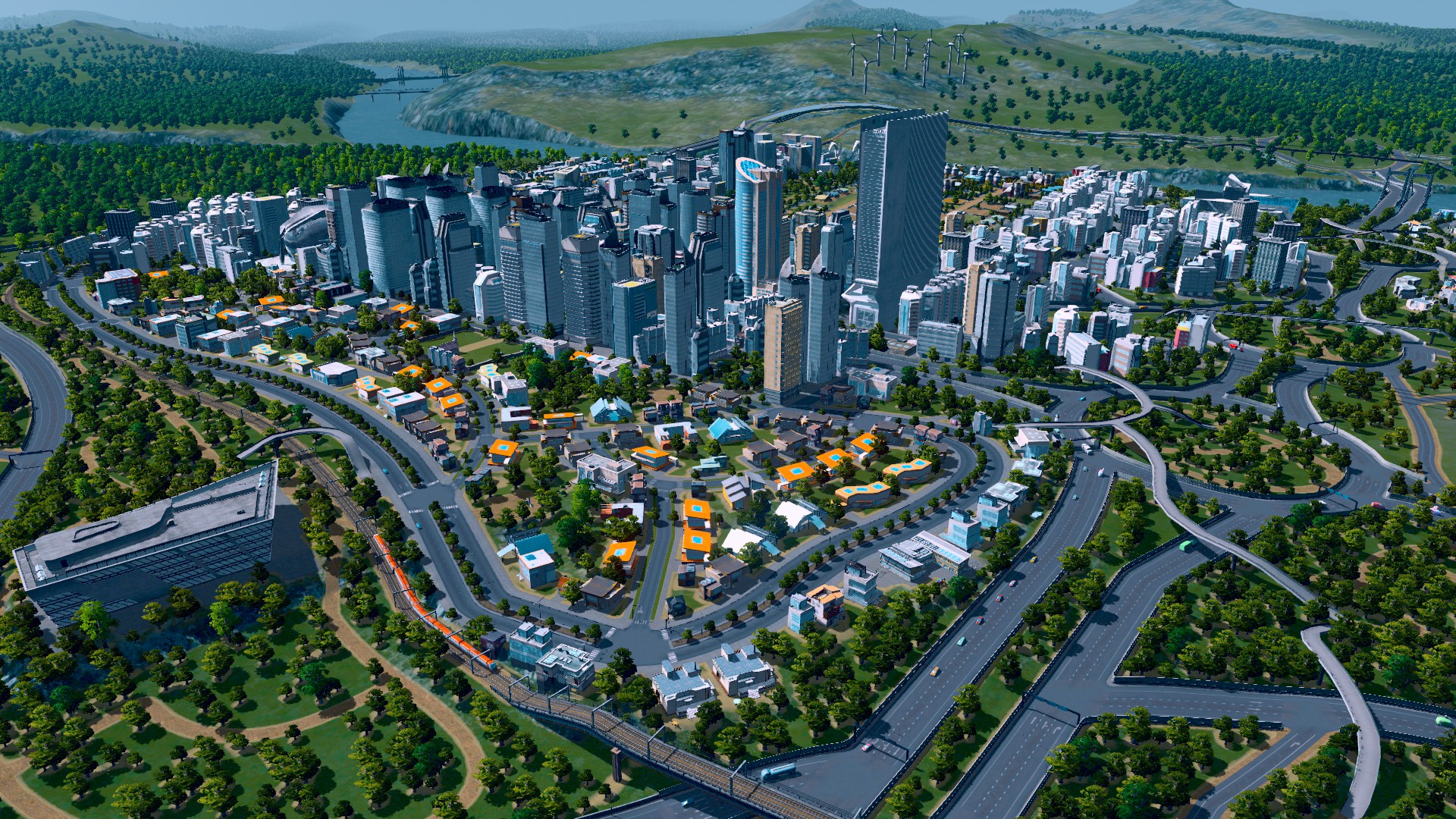
4. Cities: Skylines
If you were disappointed by the messy launch of the thoroughly disappointing SimCity reboot back in 2013, take solace in the fact that two years later a development team with a greater understanding of its audience took charge of the genre in a much more respectable, and less flagrant, manner.
Sacrificing all of the always-online DLC quirks in favor of hosting bigger cities and Steam Workshop support for mods, Cities: Skylines is everything classic SimCity players wanted, and would have gotten if it weren't for whatever the hell happened at Maxis.
Cities: Skylines retains the appeal of early city building simulations with a handful of modern twists. An in-game social media service for instance called Chirper lets residents get in contact with you, the world designer, to voice complaints.
More noteworthy, though, is the thrill of managing traffic routes on a district to district basis. In fact, most of your governance in Cities: Skylines is separated by districts, making taxation as true to the United States as developmentally possible.
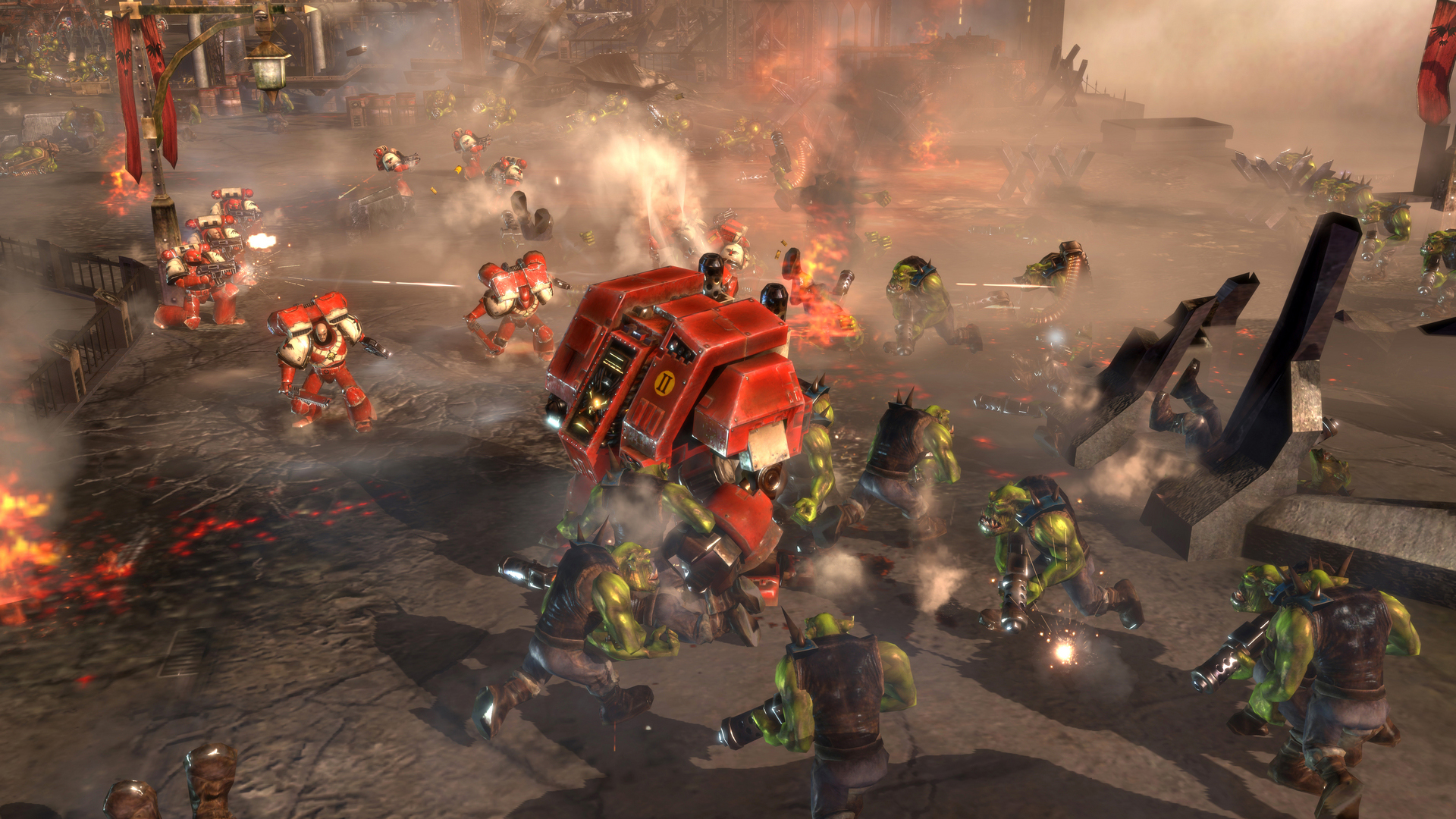
5. Warhammer 40,000: Dawn of War
Developed by Relic Entertainment and published by THQ in 2004, this military sci-fi game is based on the Warhammer 40,000 tabletop wargame. The game takes place on the imperial planet of Tartarus that's currently overrun by Orks. In the background, the human-run Imperium is in constant struggle with the Orks – along with those humans serving the demonic Chaos and the Eldar (space elves) – in a struggle to keep the human race alive.
That said, the game provides four armies the player can use throughout the single-player campaign: Space Marines (superhuman soldiers), Chaos Marines (mutated marines), the psychic race of Eldars (again, space elves), and the savage Orks. Resources include power and requisition, the latter of which is generated by the army headquarters. Power is generated by establishing generators that will decay over time, keeping the player busy.
The game begins with you establishing your main headquarters and several basic units. After that, you're directed to focus on capturing and holding strategic locations on the map that can later be used to harvest additional resources and unlock nearby areas on said map. Battles are won by defeating bases occupied by enemy forces, or by holding on to locations for a period of time.
There are three expansion packs for this RTS title currently available: Winter Assault (2005), Dark Crusade (2006) and Soulstorm (2008). All of these, including the base game, can be purchased on Steam rather cheap.
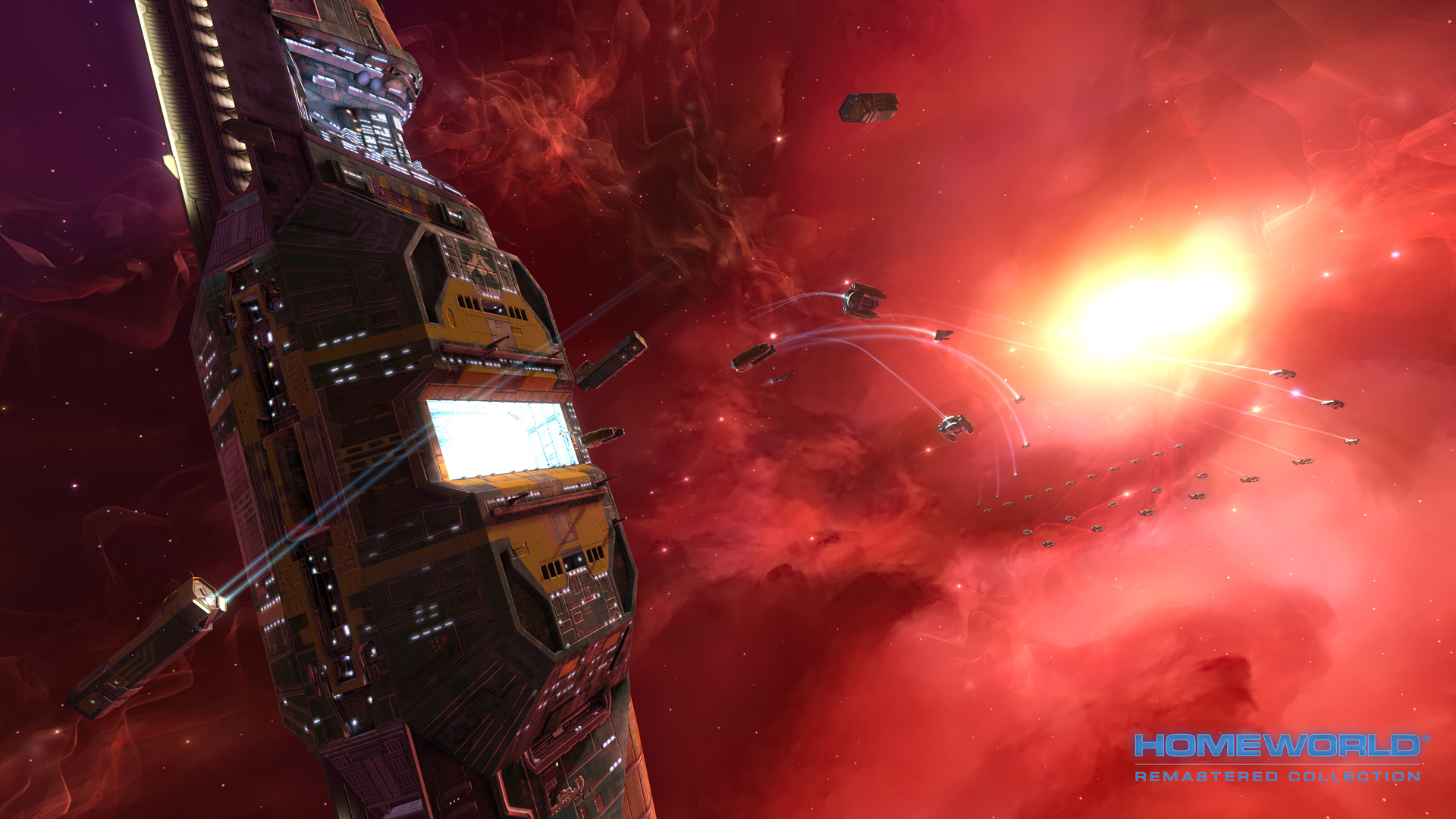
6. Homeworld
This is an oldie but a goodie, developed by Relic Entertainment and published by Sierra Entertainment in 1999. The primary protagonists are the Kushan, who at one time were exiled to a colony of prison ships after losing a galactic war. Other races include the Taiidan, an interstellar empire that rules most of the galaxy, the Bentusi traders, the Kadeshi, the Turanic Raiders and the Galactic Council.
A key element that separates Homeworld from the other games in this article is that it's played in a 100% 3D space, hence its dedicated following.
The playable races consist of the Taiidan and the Kushan. Each have their specific strengths and weaknesses, and are initially tasked to gather minerals from asteroids and harvest dust clouds using special spaceships, which bring these resources back to the player's resource controller ship, carrier or mothership. Ultimately, the task at hand is to keep the fleet alive as it completes missions and gathers resources.
Ther object of the story is to locate the homeworld of the Kushan, called Hiigara. This story spans sixteen missions across the single-player campaign, which sees the surviving ships of the fleet carried over to the next mission. There was an online multiplayer component to the game as well – allowing players to helm either the Taiidan or Kushan.
Homeworld is available for Windows and Mac OS X in a Remastered collection by Gearbox Software on Steam, which includes the remastered versions of Homeworld and Homeworld 2, classic versions of the two games, and more.
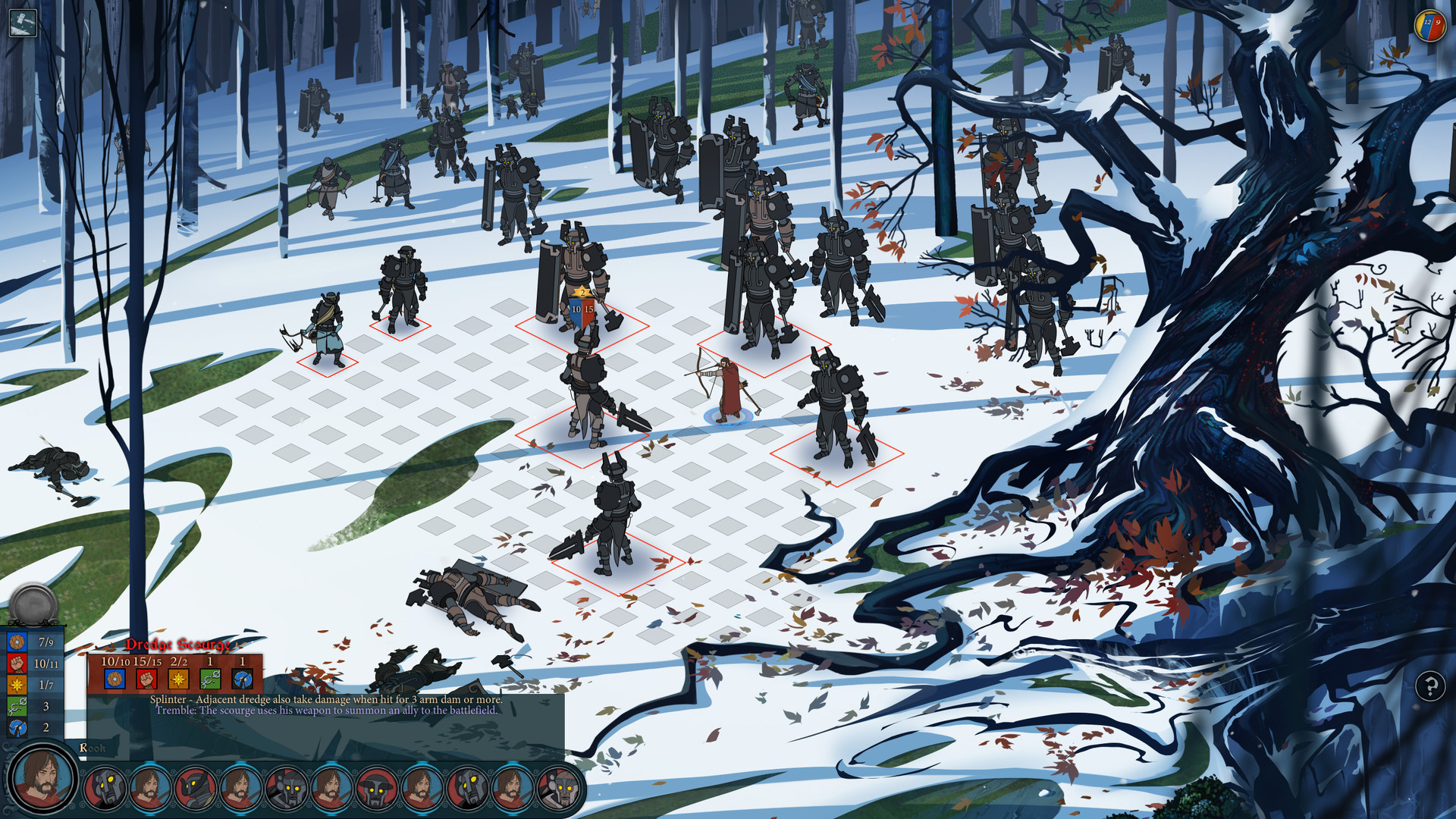
7. The Banner Saga 2
Like the first game, The Banner Saga 2 reprises the Choose Your Own Adventure format, but with a handful of necessary refinements to its mechanics.
While it's not a full-on video game sequel, but rather an episodic continuation of the first game, quite literally beginning at Chapter 8, Banner Saga 2 manages to take the battle system from the first and turn (base) it on its head.
By incorporating new characters, classes, and by default, new abilities, the game feels a little less like a two-year-late second episode and more like a respectful follow-up to a beloved faux-nordic classic strategy game. Also exclusive to the sequel are instances of more cleanly integrated storytelling in-battle, all without ignoring the need for an expanded scale that'll make you feel like an ant compared to your combatants.
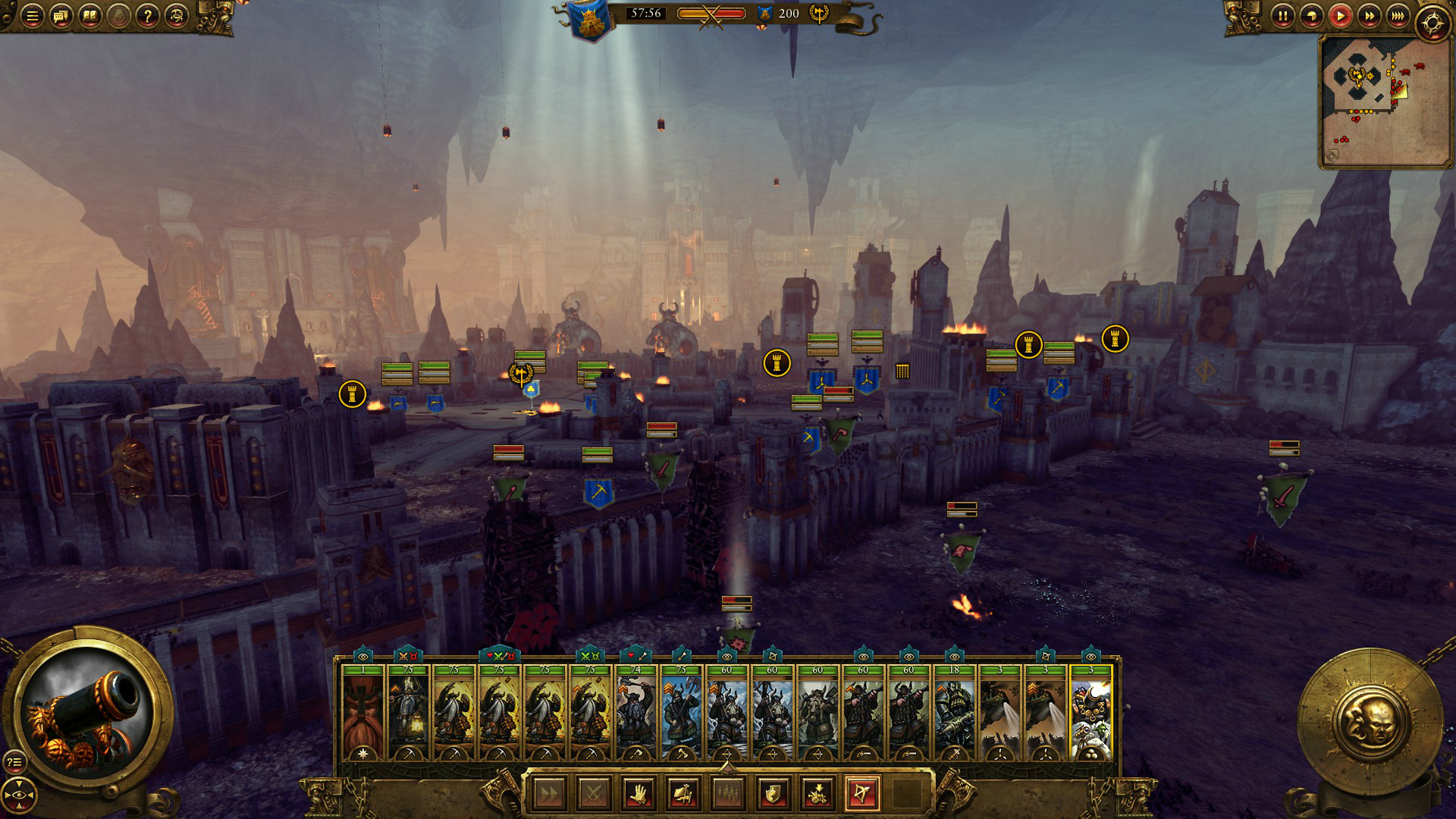
8. Total War: Warhammer
You might take one look at Total War: Warhammer and think, "Ugh, just another fantasy game," but you'd be wrong. In fact, the Warhammer franchise from Games Workshop has been around since 1983, long before World of Warcraft ever came about.
Total War: Warhammer in particular takes the ideas of the ideas of the influential Warhammer tabletop games and brings them to a monitor near you, replenished with lore that veterans will appreciate, but also with some really intense battles between humans, orcs, dwarves and even vampires.
With units spread across a huge map, there's still a strategy to be had here (despite the showy cutscenes and suspenseful gameplay). Total War: Warhammer is about all about getting into the nitty gritty of your faction, which you have four to choose from – each one completely distinct from the rest.
Still, Total War: Warhammer is all about real-time combat, so you'll spend most of your time with the game thinking on your toes. Don't confuse this with the likes of Starcraft, though, where you spend most of your time building bases across an even playing field. Total War: Warhammer, instead, is all about up-close battles and all-out warfare, hence the whole "Total War" thing.
- Try playing these on one of the best gaming laptops